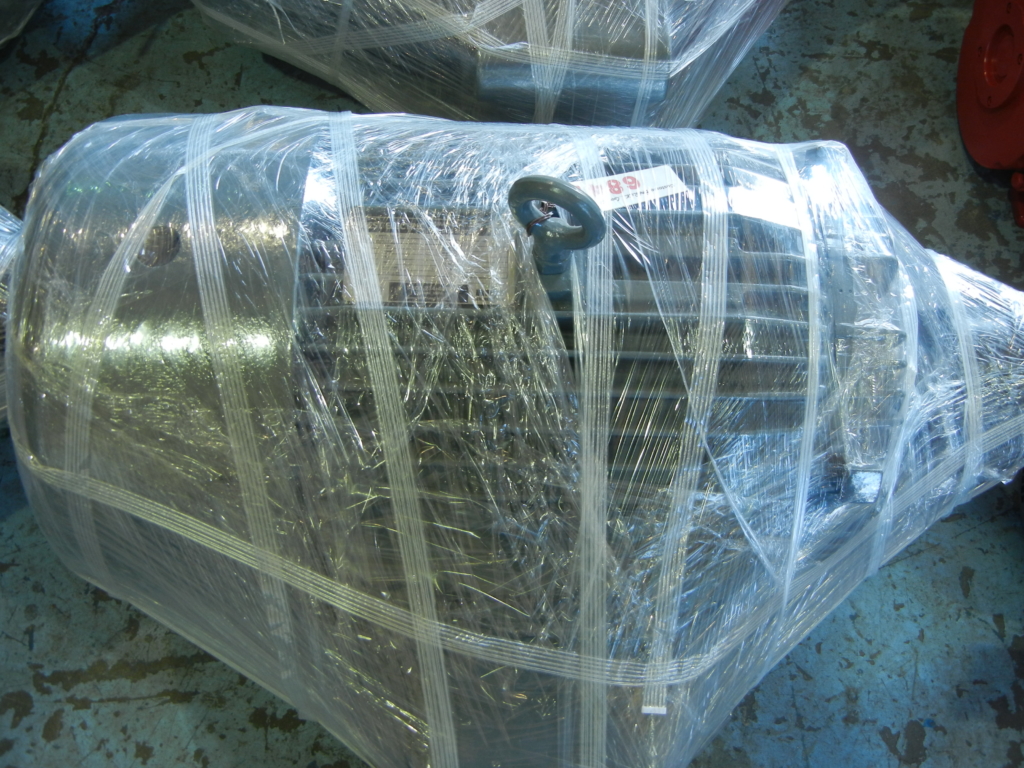
Changes in motor / system vibration readings provide the best early warning of developing problems in the motor or system component. Other parameters to monitor may include the operating temperature of critical components, mechanical tolerances, and overall system performance including outputs like flow rate, tonnage, and volume. To avoid premature electric motor repairs, keep motor baseline records.
To establish a baseline, keep a record of electrical, mechanical, and vibration tests performed when a motor is placed in operation, or before they are put in storage. We recommend that a baseline should be recorded for every new, repaired, or in situ motor.
Measure/record changes in load current, speed, and terminal voltage. Changes in any of those parameters can indicate that a vital system component is damaged or about to fail. Other electrical tests may include insulation resistance, lead-to-lead resistance at a known temp, no-load current, no-load voltage, and starting characteristics. Some changes in current and speed may be normal depending on the type of load.
Run a motor current signature analysis (MSCA). This test diagnoses rotor problems by detecting rotor currents induced into the stator winding and comparing the amplitude of 2x slip frequency side-bands with the center frequency of 50 or 60Hz. A clamp-on current transformer on the motor leads or CT control leads provides a signal for display on a spectrum analyzer, typically an FFT vibration analyzer. For the test to be effective, the applied load must provide sufficient slip to separate the side bands from the center frequency. It is more accurate if a baseline is established early in the motors life. The MCSA test can detect rotor cage faults, cracked rotor bars, or open or loose rotor bars.
Mechanical Test. These tests consist of measuring shaft runout (TIR) and checking for a soft foot.
Vibration Analysis. A vibration analysis using an FFT spectrum analyzer converts vibration data into vibration spectra (waveforms of amplitude vs. frequency) over a wide frequency range. For horizontal motors, the readings are usually taken radially in the horizontal and vertical places of both bearings, and axially at a minimum of one bearing housing. NEMA standards for vibration limits apply only to uncoupled motors, NOT to installed motors. Values in independently written technical papers and test equipment manufacturers’ manuals offer some guidance.
Infrared Thermography. This tool can detect changes in the operating temp of critical motor components, especially bearings.
New Motor Baselines. Comparing factory terminal winding resistance and no-load amps with data taken under load can be useful when monitoring the condition of a new motor or troubleshooting system problems. Factory baselines are often available on the manufacturers’ website. The accuracy of factory data depends on how it was obtained, but it is usually sufficient for field use. Baseline data for newly installed motor could reveal an error and prevent a premature motor failure. Instead of simply “bumping” a motor for rotation before coupling it to the load, operate it long enough to measure the line current for all three phases, as well as the voltage and vibration levels. Comparing the baselines of a failed motor and its replacement could reveal application or process related weaknesses in the system.
Repaired Motor Baselines. Service centers usually provide no-load or full-load test data for repaired motors, including voltage, current and vibration spectra. Comparing these results with historical baselines and those obtained on site when the motor is returned to service may confirm the quality of the repair or possible reveal underlying system problems. For example, increased vibration levels in on-site tests might indicate a deteriorating motor base or a problem with the given equipment rather than a balancing issue with the motor.
For newly repaired electric motors that have been in operation many years, baseline comparisons are invaluable for root cause failure analysis and may even expose consequential damage from certain kinds of failures. To correctly identify cause and effect and prevent a recurrence, always investigate equipment failure at the system level.
Download An Electric Motor Baseline Worksheet
